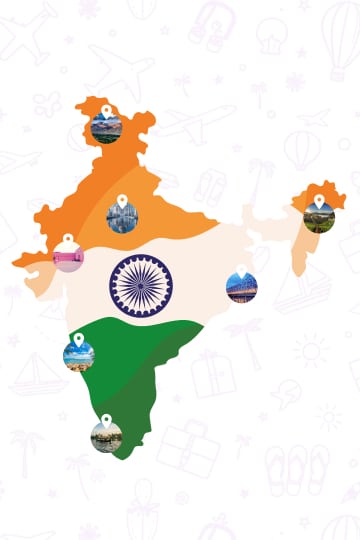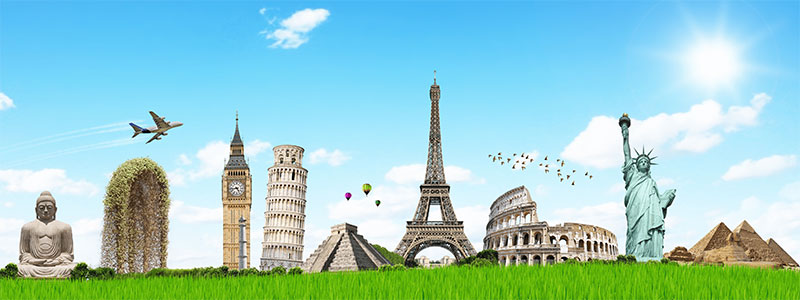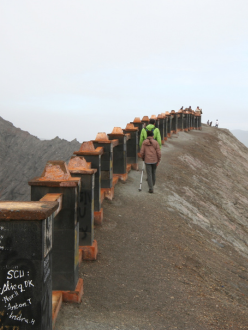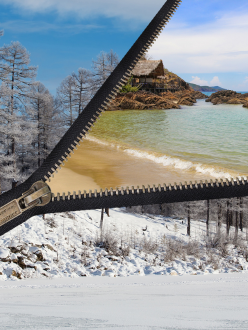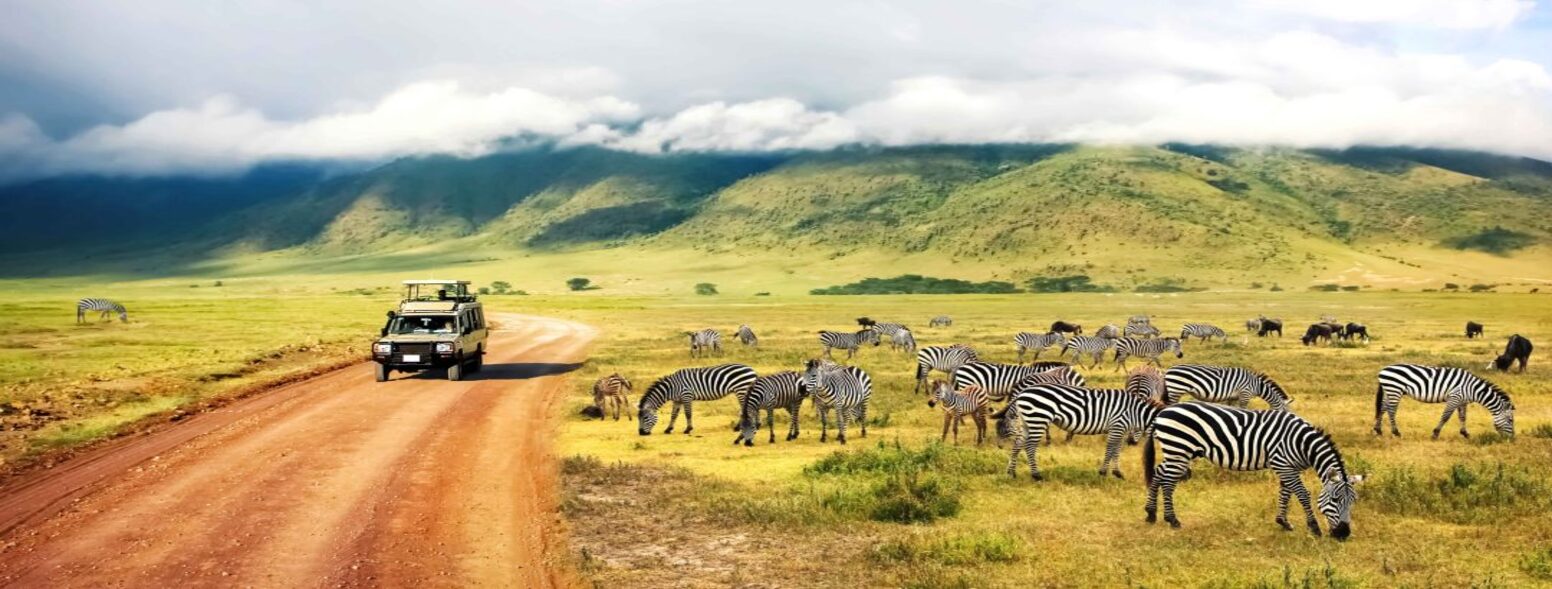
India’s diverse landscapes and rich biodiversity make it a haven for wildlife enthusiasts. The subcontinent offers a plethora of wildlife sanctuaries and national parks, each providing unique experiences throughout the year. Understanding the optimal times to visit these sanctuaries can significantly enhance your wildlife safari experience.
April: The Onset of Summer
As temperatures begin to rise in April, water sources start to dwindle, drawing animals out into the open, making it an excellent time for wildlife sightings.
- Bandhavgarh National Park, Madhya Pradesh: Renowned for its high density of Bengal tigers, Bandhavgarh’s dry landscapes in April make tiger spotting more frequent. The sparse vegetation and reduced water sources compel tigers and other wildlife to frequent waterholes, offering safari-goers ample viewing opportunities.
- Gir National Park, Gujarat: Home to the majestic Asiatic lions, Gir’s semi-arid forest becomes increasingly parched in April, prompting lions to gather near water bodies. This behavior enhances the likelihood of sightings during this month.
May: Peak Wildlife Viewing
May brings soaring temperatures, which, while challenging for visitors, create prime conditions for wildlife observation as animals seek out water sources.
- Pench National Park, Madhya Pradesh & Maharashtra: The intense heat of May drives tigers, leopards, and other wildlife to congregate around the park’s diminishing waterholes, increasing the chances of memorable encounters.
- Kanha National Park, Madhya Pradesh: Famous for its significant population of Bengal tigers and the rare barasingha (swamp deer), Kanha’s open meadows and sparse forests in May offer clear visibility, making wildlife spotting more accessible.
June: Transition to Monsoon
Early June continues to offer excellent wildlife viewing opportunities before the monsoon rains arrive.
- Bandipur National Park, Karnataka: As water becomes scarce, animals like elephants, gaurs, and tigers are frequently sighted near the remaining water sources. The park’s diverse habitats provide a rich safari experience during this time.
- Nagarhole National Park, Karnataka: Known for its large elephant herds, Nagarhole’s dry landscapes in June make these majestic creatures more visible as they gather near rivers and lakes.
Monsoon Months (July to September): A Different Perspective
While many parks close during the monsoon due to heavy rainfall, some sanctuaries offer unique experiences during this period.
- Periyar Wildlife Sanctuary, Kerala: The monsoon breathes life into Periyar’s lush landscapes. Boat safaris during this season provide a serene experience, with chances to spot elephants, gaur, and a variety of bird species.
- Wayanad Wildlife Sanctuary, Kerala: The rains rejuvenate Wayanad’s forests, attracting species like the Malabar giant squirrel and various endemic birds. The vibrant greenery and misty atmosphere offer a refreshing safari experience.
October to March: The Ideal Window
The post-monsoon and winter months are generally considered the best time for wildlife safaris across India. The pleasant weather, coupled with the lush rejuvenated landscapes, makes it comfortable for both wildlife and visitors.
- Ranthambore National Park, Rajasthan: Reopening in October after the monsoon, Ranthambore’s tigers are more visible as they patrol their territories. The cooler temperatures also make safaris more enjoyable.
- Kaziranga National Park, Assam: Famous for its one-horned rhinoceroses, Kaziranga’s grasslands are lush post-monsoon, providing ample grazing for herbivores and hunting grounds for predators.
Planning Your Safari
When planning a wildlife safari in India, consider the following:
- Weather Conditions: Summer months (April-June) can be extremely hot, but they offer higher chances of wildlife sightings near water sources. Monsoon months (July-September) bring heavy rains, leading to park closures, but some sanctuaries remain open, offering unique experiences.
- Safari Timings: Early morning and late afternoon safaris are generally more productive, as animals are most active during these cooler periods.
- Advance Bookings: Popular parks like Bandhavgarh, Ranthambore, and Kaziranga attract numerous visitors during peak seasons. It’s advisable to book safaris and accommodations well in advance to ensure availability.
India’s wildlife sanctuaries offer diverse experiences throughout the year. By aligning your visit with the optimal times for wildlife activity, you can enhance your chances of memorable sightings and truly connect with the country’s rich natural heritage.
Exploring India’s Waterways: TBi’s Best River Cruises
For those looking to combine wildlife exploration with a leisurely cruise, TBi offers some of the Best River Cruises In India. These cruises provide a unique perspective on India’s diverse ecosystems and cultural landscapes.
- Brahmaputra River Cruise: Navigate through Assam’s rich biodiversity, with opportunities to spot Gangetic dolphins, migratory birds, and visit Kaziranga National Park, home to the one-horned rhinoceros.
- Ganges River Cruise: Experience the spiritual heartland of India, cruising past ancient temples, bustling ghats, and serene villages, all while enjoying the river’s tranquil beauty.
- Sundarbans Delta Cruise: Explore the world’s largest mangrove forest, the Sundarbans, and keep an eye out for the elusive Royal Bengal tiger, estuarine crocodiles, and a plethora of bird species.

